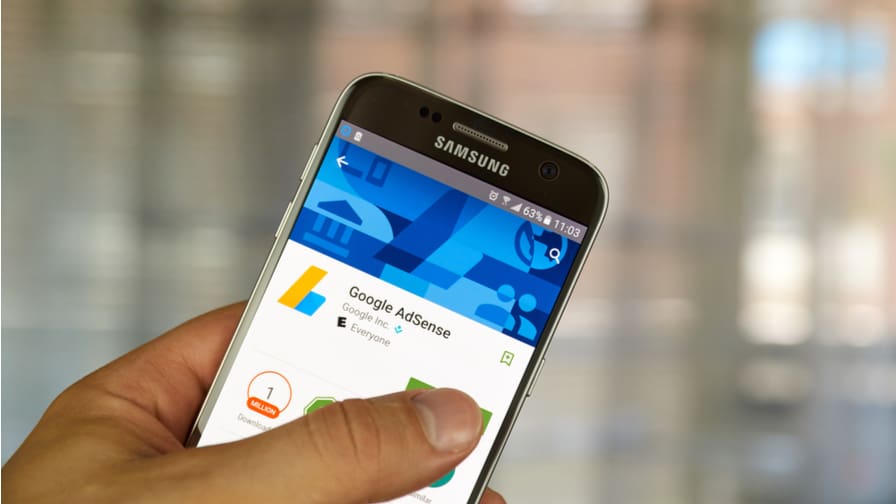Google has launched a new unit for AdSense that utilises Artificial Intelligence (AI) to make placement and monetisation decisions for publishers lacking resources to manage them.
The ad tech has dubbed the new format “Auto Ads”, which works by using machine learning to ‘read’ a webpage and decide what advertising will be best placed there, including placement and frequency. In keeping with the ethics of its Chrome ad blocking policy, the ads will also take into account the impact on user experience and expected performance.
Now available to anyone and activated through a single line of code, the service has been released in Beta since Q2 2017; Google claims participants in the early trial saw an average revenue lift of 10%.
“Auto ads leverage machine learning to give publishers the ability to make smart, data-driven decisions automatically, so that they can focus on creating compelling content. With this launch, we’re making it easier for publishers to optimise for both revenue and user experience across their site in just a few easy steps,” said Violetta Kalathaki, Google product manager.
While AdSense already offers a level of automated ad serving, where Auto Ads makes a difference is in taking the task out of selecting placements, the volume of ads served and in choosing the right ads to run.
Crucially, though, the machine-learning aspect doesn’t just come into play when serving the ads; it also analyses the performance of the ads and uses these insights to improve future placements.
According to reports around early Beta tests, some publishers criticised the high number of ads served on one specific page via the service and the potential impact this would have on user experience, however, it’s likely this will be improved and publishers given options to limit the volume of ads served.

